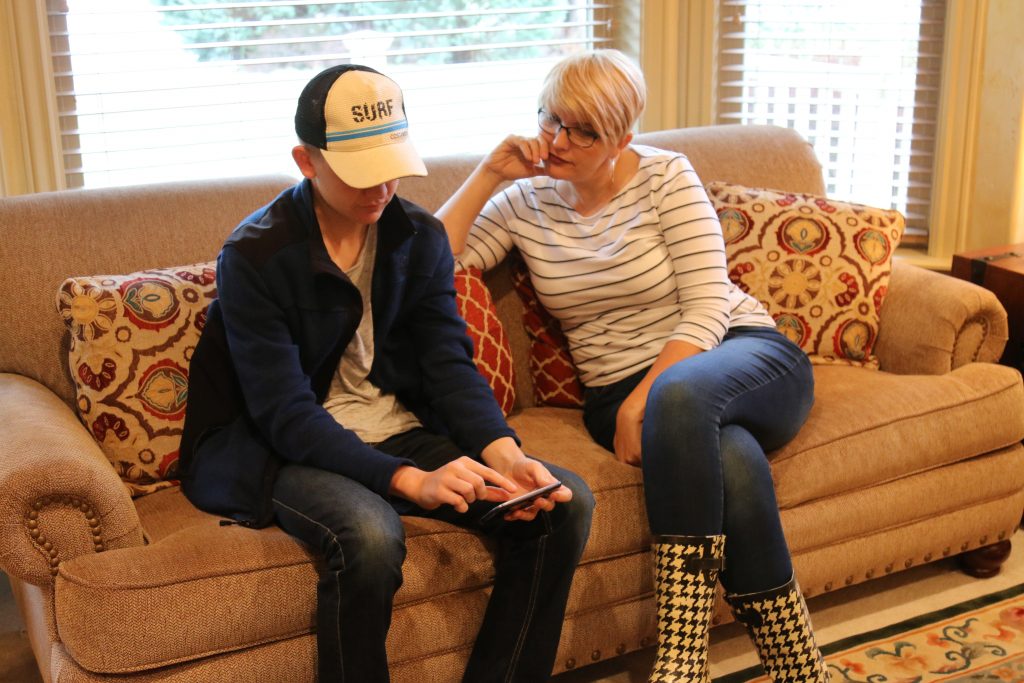
Deciding when to give a child a cellphone is a complex question for parents.
”It depends on the child,” said Sarah Coyne, BYU marriage, family and human development professor. “I would assess responsibility, respect for parents and rules, how they are doing in school (and) my relationship with the child in terms of willingness to talk and disclose.”
Coyne said she recently had to make this decision with her 12-year-old son.
“We got him a flip phone that can only text and call,” Coyne said. “We will move up to more advanced features as he develops and shows he is responsible with what he has.”
Marriage, family and human development graduate student Hailey Holmgren researches media in relation to families and individuals. Holmgren said through her research, she has not found a specific age for a child to receive a cellphone.
“There’s not really one age that is appropriate, because you might have a 15-year-old who is super immature and is going to send rude texts and bad pictures to people, but you might have a 10-year-old who is so mature and can totally handle a cellphone,” Holmgren said.

Holmgren said adolescents who text perpetually may experience significant emotional effects, including a greater risk of depression, anxiety and aggressive behavior toward others.
BYU American studies alumnus Barry Johnson, a father of six kids ranging from ages 14 to 25, said there are significant pros and cons to giving children cellphones.
“Positive effects are increased and enhanced friend relationships, as well as regular communications with caring (and) loving adults,” Johnson said. “Negative affects are wasting time texting and otherwise communicating about idle or inappropriate subjects.”
Holmgren said parent monitoring of adolescents’ electronic devices is key to combating the potentially serious negative consequences. She said parents can either practice restrictive monitoring — taking a child’s cellphone away and allowing limited use — or active monitoring — talking openly and frequently with children about their media use.
Johnson said this is a difficult and ongoing issue.
“We do not tolerate a child using a parent-paid-for device if (or) when the child does not respond swiftly and respectfully to parent messages and inquiries,” Johnson said.
Holmgren said monitoring can be difficult for many parents, but family media use can ultimately be a source of bonding, allowing families to feel closer with each other across distances and over games, photos and apps.




